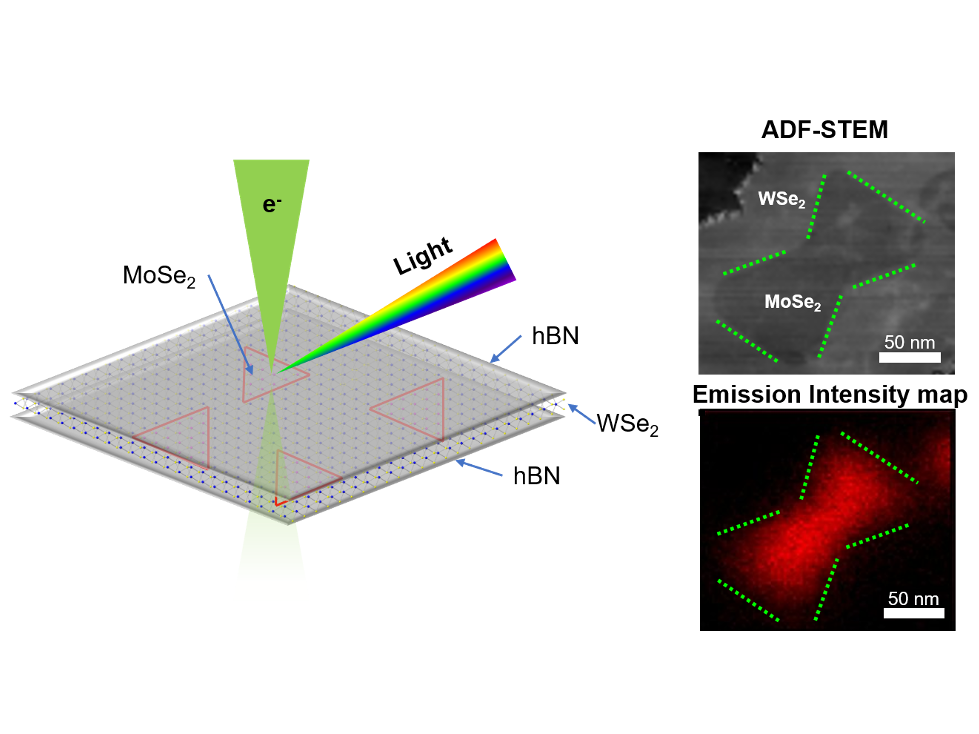
A simple, energy-efficient 3D-printing process takes its cues from trees to manufacture polymers quickly and inexpensively. Charging forward at top speed, a garden snail slimes up 1 millimeter of pavement per second. By this logic, Beckman Institute for Advanced Science and Technology researchers’ new 3D printing process speeds past existing methods — at a snail’s pace.
Researchers in Beckman’s Autonomous Materials Systems Group created “growth printing,” which mimics tree trunks’ outward expansion to print polymer parts quickly and efficiently without the molds and expensive equipment typically associated with 3D printing. Their work appears in the journal Advanced Materials.
“Humans are incredibly talented at making things...
Read More









Recent Comments